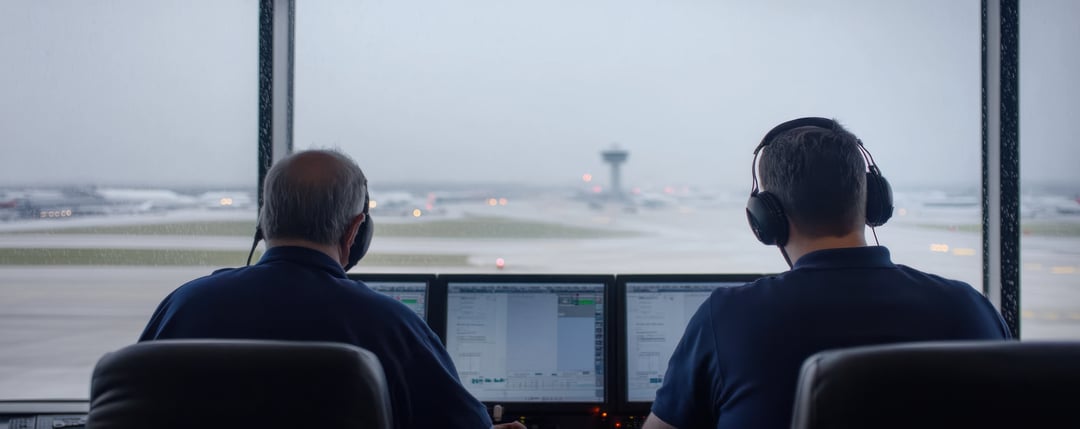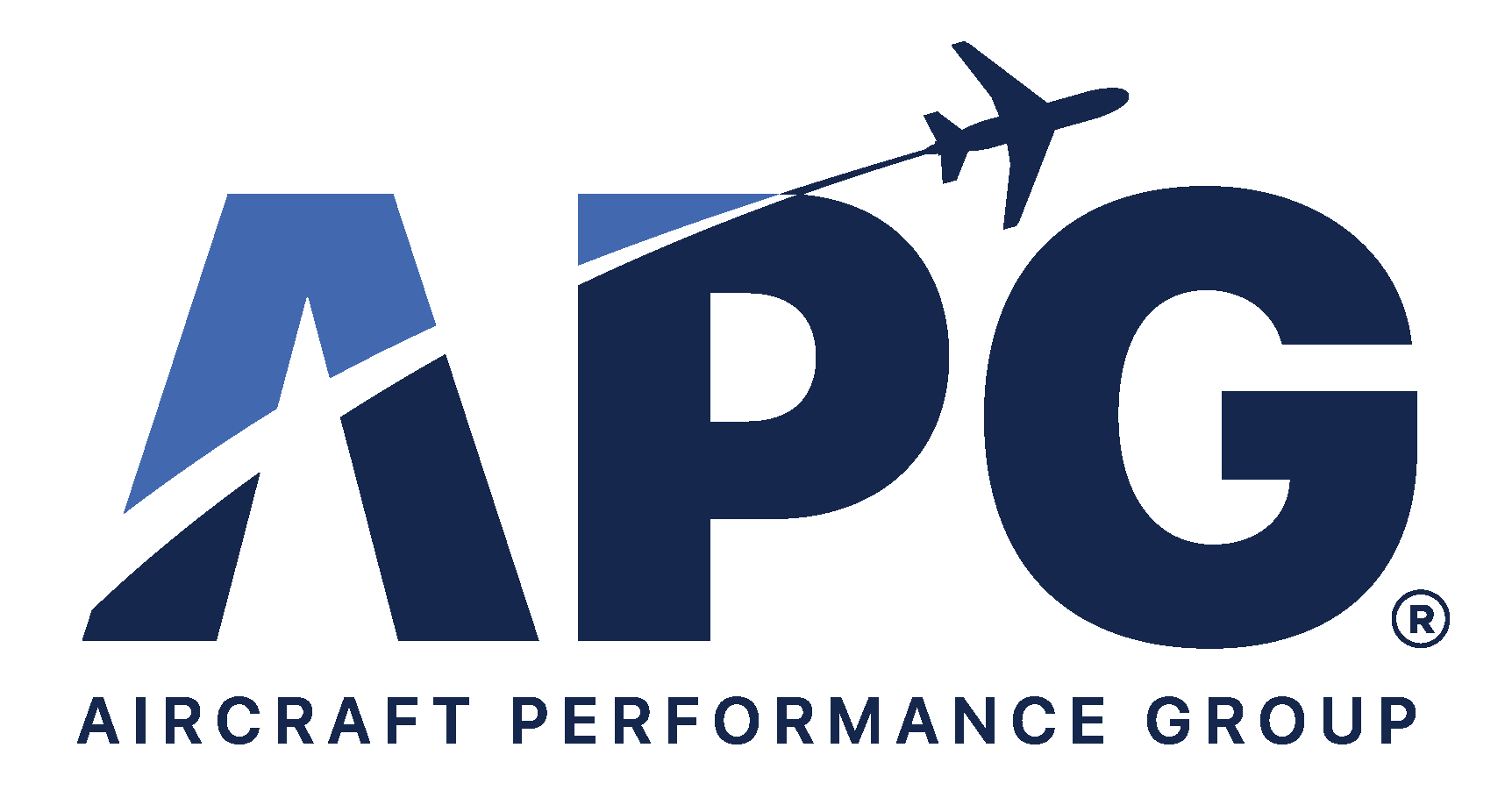Understanding ATC Phraseology: Why Standardized Communication Matters

In the high-stakes world of aviation, every word counts. Whether it's a pilot requesting clearance, an air traffic controller issuing instructions, or a dispatcher relaying a critical message, clear and standardized communication can mean the difference between a safe flight and a near miss. This is where Air Traffic Control (ATC) phraseology—the standardized language of aviation—becomes an indispensable tool.
In this article, we’ll explore what ATC phraseology is, its history, why it matters for safety, the challenges it faces globally, and how dispatchers play a vital role in supporting clear communication. We’ll also look toward the future of ATC communication as technology evolves, while reviewing key phraseology examples you should know.
A Brief History of ATC Phraseology
ATC phraseology wasn’t born overnight—it evolved alongside modern aviation itself. As early as the 1930s, as air traffic increased, pilots and controllers realized the need for common language to prevent confusion. Radio communication was rudimentary, and misinterpretations were common.
The real push toward standardization came after World War II, when commercial aviation surged and international flights became routine. The creation of the International Civil Aviation Organization (ICAO) in 1944 marked a pivotal moment. ICAO’s mission included setting global aviation communication standards to ensure that a pilot flying from New York to Paris could understand air traffic controllers in every airspace.
The Federal Aviation Administration (FAA) followed similar efforts within U.S. airspace, issuing its own phraseology guidelines through the Aeronautical Information Manual (AIM) and Air Traffic Control manuals.
Interestingly, many of today’s common phrases—like “Roger” (meaning “received”), or “Wilco” (“will comply”)—have military and Morse code origins, reflecting aviation’s deep ties to early military aviation.
What Is ATC Phraseology?
ATC phraseology refers to a standardized set of words and phrases used internationally by pilots, air traffic controllers, and dispatchers to ensure clarity and avoid misunderstandings. Governed by ICAO and FAA, this language streamlines communication, particularly under stressful or high-workload situations.
Some of the most critical ATC phraseology examples include:
- “Cleared for takeoff” – authorization to depart.
- “Hold short” – instruction to stop before a runway.
- “Line up and wait” – enter runway, wait for clearance.
- “Say again” – request to repeat a transmission.
- “Roger” – acknowledgment of receipt.
- “Wilco” – “will comply” with instruction.
- “Unable” – unable to comply with instruction.
- “Expedite” – move quickly to comply.
- “Squawk [code]” – set a transponder code.
- “Affirmative” / “Negative” – standard yes/no.
- “Standby” – wait for further instruction.
- “Check [item]” – request to verify an item.
Each phrase has a precise meaning, and pilots, controllers, and dispatchers must know these by heart to avoid errors.
Phraseology 101: Why It’s Not Just Jargon
For those new to aviation, ATC phraseology might sound like jargon—but it’s far from casual slang. Every word is intentional, designed to reduce ambiguity and speed up decision-making.
Consider:
- “Say again” avoids informal “What?” or “Repeat that?”
- “Expedite” signals mandatory urgency, unlike “hurry up.”
- “Hold short” signals stopping before entering a runway, not merely slowing down.
This precision is especially critical in high-traffic or poor visibility environments, where one misunderstood word could lead to a runway incursion or traffic conflict. At challenging airports like Aspen and Telluride, where weather conditions can vary drastically, precise and quick communication with ATC is critical.
For dispatchers, learning phraseology isn’t just academic—it’s practical knowledge that empowers them to support crews effectively.
Even minor deviations from standard phraseology can have major implications. Examples include:
- Using “yes” instead of “affirmative”—which might be mistaken in poor radio conditions.
- Omitting “wilco” after a clearance—leaving ambiguity on compliance.
- Saying “go ahead” to confirm a message—instead of using “roger” (since “go ahead” actually means “proceed with your message”).
Dispatchers should train crews to listen for these distinctions, especially during flight planning briefings.
Why Standardization Matters for Safety
Imagine a pilot misunderstanding an instruction to “hold short” and crossing an active runway. Unfortunately, such incidents have occurred in aviation history, sometimes with tragic consequences. In a NASA study of aviation incidents, communication breakdown was a contributing factor in nearly 80% of aviation accidents and incidents.
Standardized phraseology reduces the risk of:
- Ambiguity: Avoiding unclear wording.
- Regional variation: Minimizing differences in local expressions.
- Language barriers: Supporting non-native English speakers.
One of the most infamous examples is the Tenerife airport disaster in 1977, where unclear phrasing contributed to a runway collision. A misinterpretation of the phrase “We are at takeoff” instead of “Cleared for takeoff” led to catastrophic results.
For further insight, the FAA’s Aeronautical Information Manual provides detailed phraseology guidelines used in U.S. airspace.
Mythbusting: Common Misunderstandings About Phraseology
There are plenty of myths about ATC phraseology:
Myth: “You can just speak clearly and that’s enough.”
Fact: Even clear English isn’t sufficient without standardized phrases—“Yes” vs. “Affirmative” can be misinterpreted under static or accent.
Myth: “Phraseology is only for pilots and controllers.”
Fact: Dispatchers rely on phraseology when relaying clearances or verifying information with ATC.
Myth: “Everyone speaks the same phraseology everywhere.”
Fact: While ICAO sets global standards, regional practices can deviate—dispatchers flying internationally must stay vigilant.
Regional Differences and Common Pitfalls
Although ICAO sets global standards, regional variations still occur. Controllers might inadvertently use non-standard terms or abbreviations. Dispatchers working international flights must be aware of these regional differences to relay accurate information.
Language proficiency can also create challenges. ICAO Level 4 English proficiency is required, but comprehension still varies worldwide.
The Dispatcher’s Role in Supporting Clear Communication
Dispatchers may not be on the radio in-flight, but their role in supporting ATC communication is critical. They relay ATC clearances before departure, verify amendments, and act as a communication bridge during irregular operations.
Some key dispatcher tasks using phraseology:
- Relaying a “clearance void if not off by [time]” instruction.
- Confirming a “squawk code” for IFR flights.
- Clarifying pilot questions with “check with ATC” or “standby while I verify” responses.
- Passing “hold short” messages to the crew.
- Verifying routing changes with ATC and relaying updates in standardized terms.
A dispatcher might relay:
“Cleared via filed route, maintain 12,000, expect flight level 340 ten minutes after departure. Squawk 5423.”
Each term here follows precise phraseology to avoid errors.
At Aircraft Performance Group, our Genesis PRO Performance platform empowers dispatchers with tools to access takeoff and landing data, NOTAMs, airport charts, and weather conditions in real time, supporting accurate communication.
Training and Resources Available
Maintaining phraseology proficiency is essential for dispatchers and pilots alike. Fortunately, many training tools are available:
- FAA ATC communication courses.
- ICAO radiotelephony manuals.
- Simulated phraseology exercises.
- Online phraseology quizzes (like those from Skybrary).
Training drills often test scenarios like:
- Using “say again” when a clearance isn’t heard.
- Correctly replying with “roger” or “wilco.”
- Proper use of “affirmative” vs. casual “yes.”
Dispatchers can also benefit from refresher courses on datalink communications, which come with their own set of standardized messages.
Future of ATC Communication: Voice vs. Datalink
ATC communication is evolving beyond voice. Datalink communication tools like CPDLC (Controller–Pilot Data Link Communications) provide written clearances, reducing frequency congestion and adding clarity in oceanic and remote airspace.
However, phraseology remains vital even in text-based systems. Standardized message sets ensure dispatchers, pilots, and controllers stay aligned. A “standby” or “unable” message typed via datalink holds the same authority as spoken instructions.
Voice vs. Datalink: Pros and Cons
|
Method |
Pros |
Cons |
|
Voice |
Immediate interaction, nuance in tone |
Misheard instructions, congestion |
|
Datalink |
Written record, clarity, less congestion |
Delays in response, text limitations |
The future will likely involve a hybrid approach:
- Voice for tactical, time-critical phases.
- Datalink for en route and pre-clearance communication.
Conclusion: Why It All Comes Back to Clarity
ATC phraseology isn’t just technical jargon—it’s a globally coordinated safety system. By mastering standardized phrases like “hold short”, “line up and wait”, “say again”, and “roger”, dispatchers, pilots, and ATC staff reduce risks and promote operational clarity.


